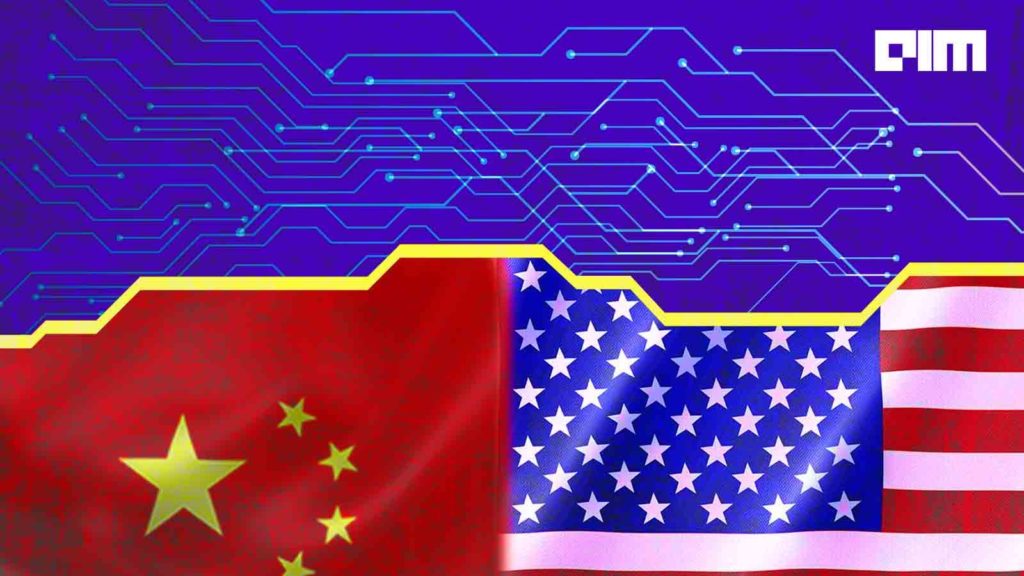|
Listen to this story
|
Apple’s M3 release was undoubtedly a treat for its customers, yet it could be a source of nightmares for its competitors, Intel, Qualcomm, and AMD.
No wonder, the company named the event – ‘Scary Fast.’
On the eve of Halloween, the Cupertino-based tech giant announced the M3, M3 Pro, and M3 Max, the next generation of chips for Macbook. Interestingly these are the first personal computer chips built using the industry-leading 3-nanometer process technology, allowing more transistors to be packed into a smaller space and improving speed and efficiency.
M3, M3 Pro, and M3 Max come with an improved Neural Engine designed to boost high-performance ML models. This Neural Engine operates up to 60 percent faster than its counterpart in the M1 chip family, ensuring quicker AI/ML workflows while safeguarding user data on the device for privacy preservation.
Qualcomm enters the Race
Sensing the opportunity in the generative AI PC market, Qualcomm, primarily known for making chips for mobile phones, entered this segment as well by announcing the Snapdragon X Elite.
Qualcomm chief Cristiano Amon at the Snapdragon Summit event in Maui said “It’s the fastest CPU for a laptop, Period! It’s faster than anything Apple, anything AMD, anything Intel. The company claims superior single-threaded performance over Apple’s M2 Max chip and comparable peak performance, all achieved with 30% less power consumption.
Not only that, Qualcomm claimed that the Snapdragon X Elite can efficiently handle 7 billion parameter LLMs, like Llama 2, at an astounding 30 tokens per second. This ensures an AI assistant can provide lightning-fast responses to your queries and deliver low-latency, advanced multitasking experiences.
But that’s not all — Snapdragon X Elite is designed to support even larger, more complex models, such as those running more than 13 billion parameters on-device, without leveraging cloud resources.
Intel Ups its Game
“The arrival of the AI PC represents an inflection point in the PC industry not seen since we first introduced Centrino in 2003.” said Pat Gelsinger, Intel chief during the recent earning call.
To challenge Apple’s M3 dominance, Intel is banking on 14th Gen Meteor Lake. Meteor Lake is the first Intel processor to use a tiled architecture, which allows it to mix and match different types of cores, such as high-performance cores and low-power cores, to achieve the best balance of performance and power efficiency.
The ultra represents the first client chiplet design-enabled by Foveros’ advanced 3D packaging technology, delivering improved power efficiency and graphics performance. It is also the first Intel client processor to feature our integrated neural processing unit, or NPU, that enables dedicated low-power compute for AI workloads, as per Gelsinger.
Moreover, next year Intel plans to deliver Arrow Lake as well as Lunar Lake, which offers our next-gen NPU ultra-low power mobility and breakthrough performance per watt.
Gelsinger said that the Intel Core Ultra, developed on Intel 4, has already been shipped to customers for several weeks. Its official launch is scheduled for December 14th, coinciding with the release of their fifth-gen Xeon.
Don’t Forget AMD
AMD, meanwhile, introduced AMD Ryzen AI, including the first built-in AI engine for x86 Windows laptops, and the only integrated AI engine of its kind. AMD’s Ryzen 7000 Series processors are the company’s latest AI processors for PCs. They are based on the new Zen 4 architecture and feature a number of AI-specific enhancements.
NVIDIA, which has taken the world by storm with its GPUs, is now discreetly working on designing CPUs compatible with Microsoft’s Windows operating system, utilising technology from Arm Holdings.
While everyone was busy comparing their latest AI chips with M2, Apple definitely played a trick on the competitors. At the same time, there is only a glaring difference between M2 and M3 in terms of performance and other specs. The latest chips by Apple have the same core count but a different balance of performance and efficiency cores (six of each vs eight P and 4 E) and support up to 36GB of memory rather than 32GB.













































































